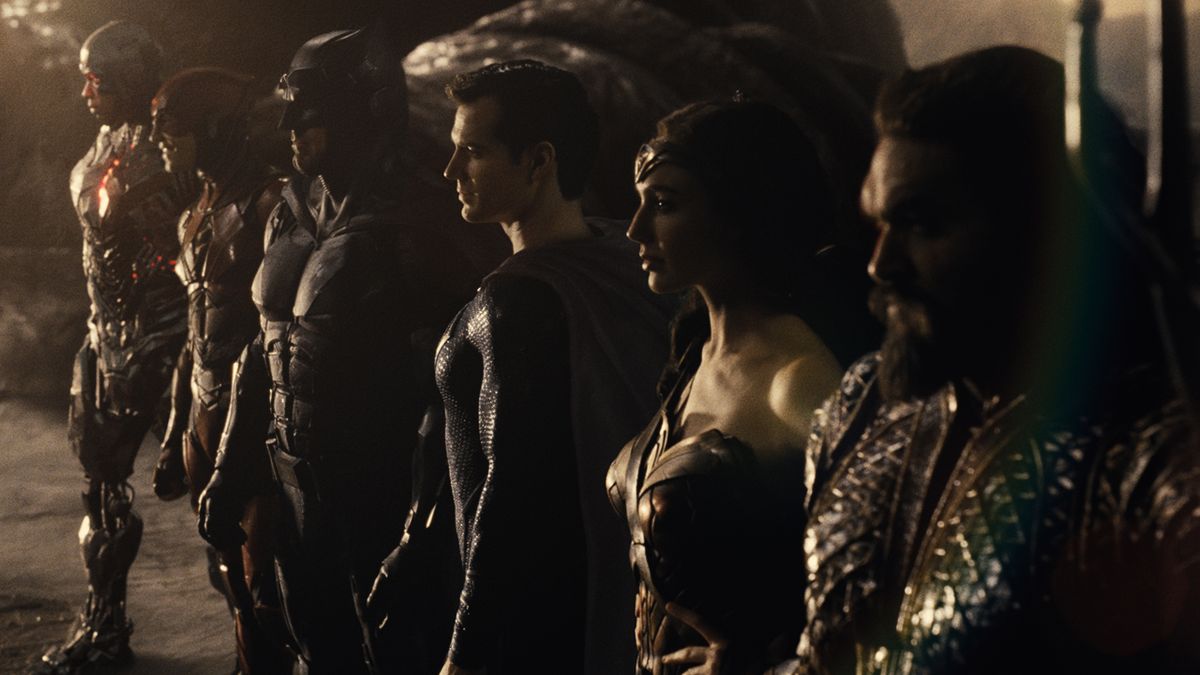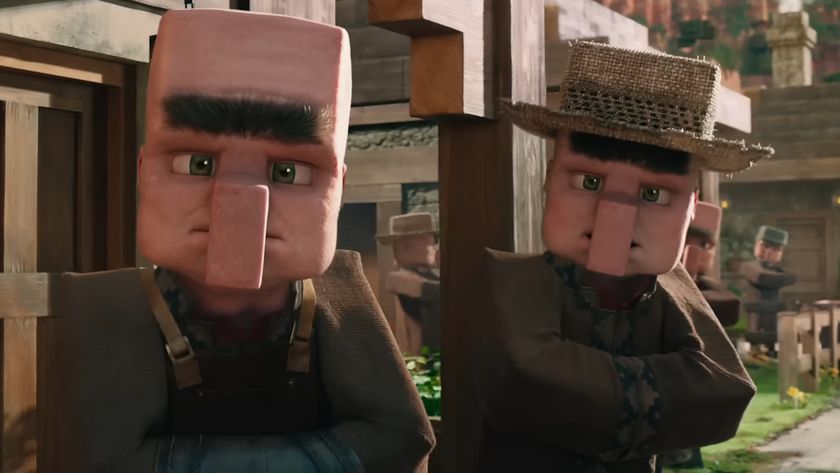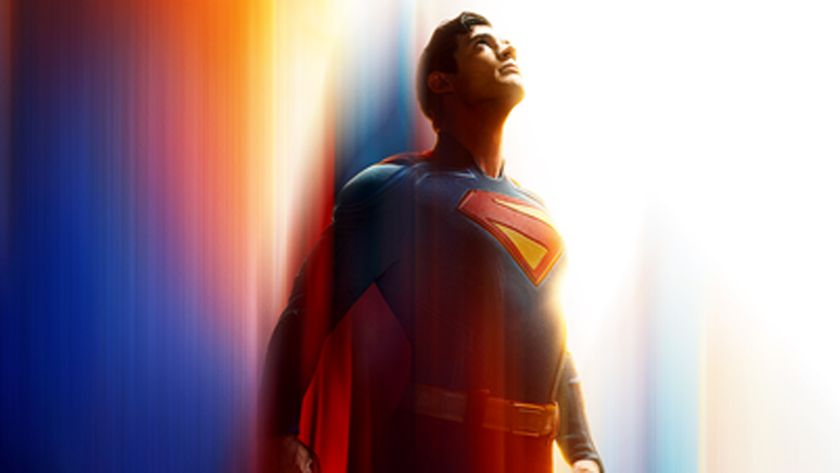TechRadar Verdict
Overly long and with some notable missteps, Zack Snyder's Justice League could have been a shorter, tighter movie. There are some great moments in this revision of the 2017 film, though, and there's plenty for Snyder fans to enjoy. Still, most moviegoers will likely view this as a middling DC movie at best.
Pros
- +
Better than the 2017 version
- +
Each hero gets their moment
- +
Final battle is much improved
Cons
- -
Too much setup in the first half
- -
Bad visual effects in places
- -
Runtime is far too long
Why you can trust TechRadar
Zack Snyder’s Justice League has been a long time coming for those who vociferously campaigned for its release. More than three years on from the critically-panned theatrical version that was revamped significantly by Joss Whedon's reshoots, Snyder Cut campaigners will finally get their wish when the director’s original vision launches on March 18. All 243 minutes of it.
With so much hype built up in the intervening years, expectations for the Snyder Cut are high among his fervent fanbase – so much so that there was the very real chance that many would be disappointed. Snyder’s supporters will be pleased to hear, then, that there’s plenty for them to enjoy in his Justice League offering. For those who retained only a passing interest in the movie, though, the Snyder Cut will feel like a slog to get to the truly good bits.
- How to watch Zack Snyder's Justice League online
- Why Zack Snyder's Justice League isn't in widescreen
- Snyder Cut ending explained
Unite the League
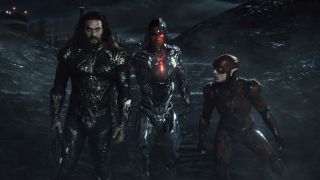
Unsurprisingly, Zack Snyder’s Justice League utilizes the same major plot points of the wildly inconsistent 2017 version. With Superman (Henry Cavill) dead following the events of 2016’s Batman v Superman: Dawn of Justice, Bruce Wayne (Ben Affleck) seeks out like-minded superheroes to protect the world in his adversary-turned-ally’s absence. The death of Clark Kent has made Earth vulnerable to invasion – and other worlds with an eye on our planet know it.
As Batman tries to convince Aquaman (Jason Mamoa), the Flash (Ezra Miller), and Cyborg (Ray Fisher) to join him and Wonder Woman (Gal Gadot), the villainous alien warrior Steppenwolf (Ciaran Hinds) looks for the three Mother Boxes – ‘conscious’ supercomputers that, when joined together, have the ability to lay waste to entire planets and leave them at the mercy of their new master. Cue a race against the clock for Batman to unite Earth’s defenders and prevent Steppenwolf from bringing his genocidal plan to fruition.
While there are no significant departures from the premise of the original, the Snyder Cut’s lengthy runtime affords plenty of screen time to every major character. Cyborg – real name Victor Stone – and Steppenwolf are the biggest beneficiaries of the movie’s exorbitant four-hour duration, with Snyder able to provide more backstory for this key duo.
Cyborg’s scenes were notably reduced in the 2017 movie, but here Fisher shines in this more prominent role. Ironically, the cybernetic organism is the heart and soul of the Snyder Cut. Some of Cyborg’s scenes, particularly those that form his backstory, are too prolonged – but the context they provide to his fractured relationship with father Silas (Joe Morton) and his role in proceedings are key. You can see why Fisher would prefer this version of Justice League.
The same is true of Steppenwolf. One of the many criticized elements of the 2017 flick dubbed 'Josstice League' by Snyder fans, the film’s supervillain is presented as a more powerful, yet sympathetic, antagonist. You sense that only so much that can really be done to turn him around – he's still a big, shouting CG monster who doesn't get anywhere near the leagues of a good Marvel villain like Thanos – but he's at least less of a pushover in this version. That said, his redesign in this film is a bit of an indulgence, and he doesn't look terrific from an effects perspective as he moves across the screen.
Still, Steppenwolf's desire to conquer Earth has a better explanation this time than his merely wanting to subsume it for puppet master Darkseid (Ray Porter) – which we'll leave for fans to discover. There’s also additional screen time for the supporting cast including Lois Lane (Amy Adams) and Commissioner Gordon (J.K. Simmons), but nothing that substantially alters the plot.
Such scenes only add to Justice League’s main problem. At three hours 53 minutes – with 10 extra minutes for the credits – the Snyder Cut is much longer than it needs to be. The film generally doesn't work hard enough to actually be entertaining, and you can see why movie execs might have lost faith in this version on that basis.
The first two hours, save for drawn-out battle sequences involving Steppenwolf and the Amazons, and Wonder Woman saving some civilians in a library, are entirely devoted to plot setup and exposition. It’s unnecessary, and greatly impedes the story’s flow. Snyder’s signature slow-mo camera shot trope doesn't help with this, as evidenced during a prolonged segment focusing on Cyborg’s backstory, or the Amazons/Steppenwolf fight. These lengthy stylized sequences aren’t fully to blame, though, and some tighter script work and story beats would have gone a long way to cutting the film’s runtime down.
Amplifying the action
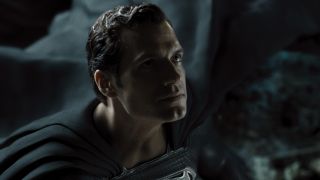
When the Snyder Cut gets going in its second half, some much-needed action finally gives the film some belated momentum. Snyder's version of the film has been divided up into six chapters, and it’s no coincidence that parts four through six fly by in comparison to the 2017 original.
The film’s climactic battle, in particular, benefits from Snyder’s original interpretation of how it plays out. In case it's been a while since you've seen it, the team finally assembles to stop Steppenwolf from merging the Mother Boxes in an event called the 'unity'. It feels like a worthy spectacle with real stakes and, unlike Whedon’s version of events, isn’t saturated by that viscerally unappealing red hue. Each hero is given their moment in the spotlight, and it contains enough new footage, and potentially shocking moments that will leave some viewers on the edge of their seats.
It isn’t the only action-oriented set-piece that livens up proceedings. Barry Allen, aka the Flash, gets a fun sequence early in the film in which his powers are introduced properly to the audience, and it's one of the few occasions where Snyder’s penchant for slow-mo camera shots truly shines. It’s a lighthearted moment, one born out of a potentially fatal accident, but it's extremely welcome in a film where apocalyptic events loom large. In retrospect, leaving this scene on the cutting room floor back in 2017 was a poor decision.
This isn’t to say that the Snyder Cut is without its action missteps. Again, the lack of brevity for some set-pieces negatively affects the film's pace. Steppenwolf’s battle against the Amazons and Wonder Woman’s introduction are particularly long, and the length of both sequences adds nothing of note to an already stuffed movie.
The visual-effects work for certain fights is poor for a movie of this size, too. The Amazon legions’ arrival at the end of the Steppenwolf fight is particularly dire for a major blockbuster– it feels very underdeveloped as a scene and, strangely, is a far cry from some of the other excellent CGI work on display throughout the movie.
With a reported figure of $70 million spent on work for Snyder's cut, including additional visual effects, more could have been done to ensure that every visual element was up to scratch. The overuse of green screen is obvious throughout too – some extra polish would have helped to make this less conspicuous.
Format faux pas
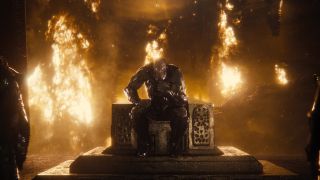
It isn’t just the movie’s visual effects that feel off. Snyder’s desire for the movie to be shown in a 4:3 format, rather than the widescreen features we’ve become accustomed to, is a frustrating one. Clearly, this has been done to afford the movie an eventual IMAX release, but it's superfluous when the film is primarily releasing on streaming services at home. It’s a decision that seems gratuitous on Snyder’s part, even if you do adjust to it over time.
From a DC Comics fan-service standpoint, too, you might want to keep your expectations in check with this film. If you're expecting something mind-blowing from a notoriously rumored cameo or Jared Leto’s Joker scene, temper those expectations – when it comes to this side of things, the film is a little disappointing.
The final 20 minutes of Zack Snyder’s Justice League are presented as set-ups for sequels that aren’t likely to come, and that also counts against the film. You can commend Snyder for sticking to his original ending but, with the scenes that follow each hero’s supposed send-off, there’s no true resolution to this movie. The ending merely acts as a prelude to coming events, but given that Justice League’s two follow-ups are extremely unlikely, it would have been more fitting to discard those extra parts and give the film a more conclusive finale.
Our verdict
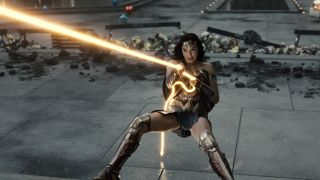
Zack Snyder’s Justice League falls short of what many movie fans would have expected following the director’s original vision. It’s a vast improvement on the theatrical iteration, but anything would have been an upgrade on that dreadful movie. If the 2017 cut is the bar against which we measure the Snyder Cut, it’s great.
Against other superhero films, however, it’s a middling effort that's weighed down by poor CGI, too many slow-mo shots, and an unnecessarily long runtime.
Those who've clamored for the release of Zack Snyder’s Justice League for years will be happy with what’s on offer. For everyone else, though, it’s a middling – if distinctive – superhero movie that could have been so much more with a little extra polish, and better decision-making from the scripting phase.
Zack Snyder's Justice League will release on HBO Max on March 18 in the US, and Sky and Now TV in the UK.
As TechRadar's senior entertainment reporter, Tom covers all of the latest movies, TV shows, and streaming service news that you need to know about. You'll regularly find him writing about the Marvel Cinematic Universe, Star Wars, Netflix, Prime Video, Disney Plus, and many other topics of interest.
An NCTJ-accredited journalist, Tom also writes reviews, analytical articles, opinion pieces, and interview-led features on the biggest franchises, actors, directors and other industry leaders. You may see his quotes pop up in the odd official Marvel Studios video, too, such as this Moon Knight TV spot.
Away from work, Tom can be found checking out the latest video games, immersing himself in his favorite sporting pastime of football, reading the many unread books on his shelf, staying fit at the gym, and petting every dog he comes across. Got a scoop, interesting story, or an intriguing angle on the latest news in entertainment? Feel free to drop him a line.
